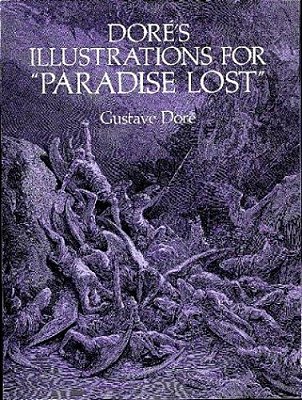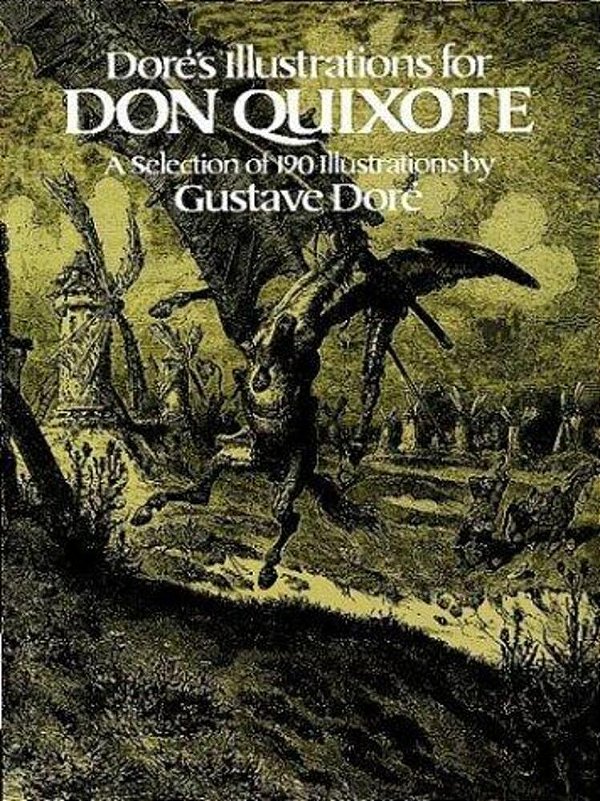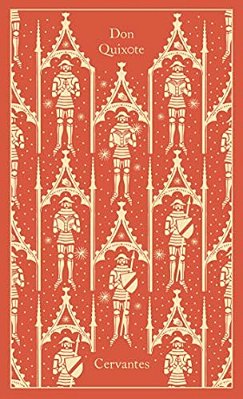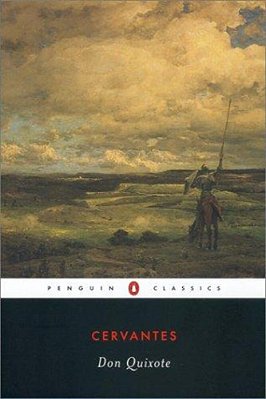Doré's Illustrations For Don Quixote-..
-
- 1x de R$ 248,59 sem juros
- 2x de R$ 124,29 sem juros
- 3x de R$ 82,86 sem juros
- 4x de R$ 62,14 sem juros
-
R$ 236,16

-
R$ 248,59

"His Don Quixote ... from its first to its last page [is] a marvel of imagination, poetry, sentiment, and sarcasm. . . . People still speak of it only as 'Doré's Don Quixote'." -- Life and Reminiscences of Gustave Doré
Doré himself had something of Quixote's chivalry and spent an arduous life drafting impossible dreams; he knew fame as well as pain, disillusionment, and failure. At age 30 he was ready for Quixote and prepared to realize his dream of illustrating the world's great books.
Doré never became the painter he yearned to be, but he came very close to realizing his desired intimacy with the classics. His sympathy with Cervantes' satire was so close that, of the numerous Quixote interpretations by many outstanding artists, Doré's has become the standard. The French translation of Cervantes that Doré illustrated is forgotten; here is the memorable remnant of that work -- all 120 full-page plates, plus a selection of 70 characteristic headpiece and tailpiece vignettes.
As can be seen in the backgrounds, Doré was ready professionally as well as emotionally for Quixote. He had traveled through Spain preparing an earlier work, and his graphic memory was as strong and indelible as that of another great Quixote interpreter, Picasso. From Sancho's village through Spanish hills and dry plateaus, in the Pyrenees and by the sea, in rural castles and Barcelona luxury, Doré illuminated the seventeenth-century setting with a nineteenth-century acquaintance with the scene. Doré was also a careful student of Renaissance costume and architecture; his minutiae, so copious, are invariably correct.
Captions written especially for this edition describe the action with reference to the original Spanish text, capturing high points of the story. But of course Doré conveys it all in a picture: the famous windmill charge, traversing the Sierra Morena, battling the Knight of the White Moon, visions of giants, dragons, flaming lakes, and damsels, the Dulcinea never found, all in full-page wood engravings. Doré's marvelous penchant for ghostly effects in panoramic landscapes and seascapes finds large scope here, carefully engraved by one of the best of his longtime studio engravers, H. Pisano.
Doré's Man of la Mancha glows with the artist's own enchantment and humor. Artists and illustration aficionados will add this royalty-free volume to other Dover editions of Doré's works -- art he created to stand with great literature that now stands alone. Doré's Quixote indeed stands alone, unique among the knights and graphic castles in Spain.
Dore, Gustave
Gustave Doré (Estrasburgo,1832—Paris, 1883) foi um pintor, desenhista e o mais produtivo e bem-sucedido ilustrador francês de livros de meados do século XIX. Aos treze anos já desenhava as suas primeiras litogravuras e aos catorze publicou seu primeiro álbum, intitulado “Les travaux d’Hercule” (“Os Trabalhos de Hércules”). Seus desenhos eram esboçados em madeira para depois serem concluídos em papel. Com aproximadamente 25 anos, começou a trabalhar nas ilustrações de O Inferno de Dante. Em 1868, Doré terminou as ilustrações de O Purgatório e de O Paraíso, e publicou uma segunda parte incluindo todas as ilustrações de A Divina Comédia. Seguiu sua carreira de ilustrador sempre preenchendo as páginas dos livros: Contos jocosos, de Honoré de Balzac; Dom Quixote de la Mancha, de Miguel de Cervantes; O Paraíso Perdido, de Milton; Gargântua e Pantagruel, de Rabelais; O Corvo, de Edgar Allan Poe; a Bíblia; A Balada do Velho Marinheiro, de Samuel Taylor Coleridge; contos de fadas de Charles Perrault, como Chapeuzinho Vermelho, O Gato de Botas, A Bela Adormecida e Cinderela, entre outras obras–primas. Ilustrou também alguns trabalhos do poeta inglês Lorde Byron, como As Trevas e Manfredo. Além da prodigiosa capacidade de desenhar e recriar a forma humana e a fantasia criada pelos autores, Doré teve uma vida próspera e de reconhecimento e fama. Teve romances com as mulheres mais famosas do século XIX como a atriz Sarah Bernhardt e a cantora de opera Adelina Patti. Quando morre em 1883 Doré deixou incompletas as ilustrações para uma obra de Shakespeare. |
| ISBN | 9780486243009 |
| Autor(a) | Dore, Gustave |
| Editora | Dover Publications |
| Ano de edição | 1982 |
| Acabamento | Brochura |
Produtos relacionados
-
 Doré's Illustrations For Paradise Lost-..R$ 140,69até 2x de R$ 70,34 sem jurosou R$ 133,66 via Pix
Doré's Illustrations For Paradise Lost-..R$ 140,69até 2x de R$ 70,34 sem jurosou R$ 133,66 via Pix
-
Myre Livraria, sua livraria online especializada em importação e revenda de livros nacionais e internacionais. Oferecemos uma vasta seleção de materiais didáticos de alta qualidade para aprender inglês, espanhol, francês, alemão e muito mais. Aproveite preços competitivos e entrega rápida em todo o Brasil











